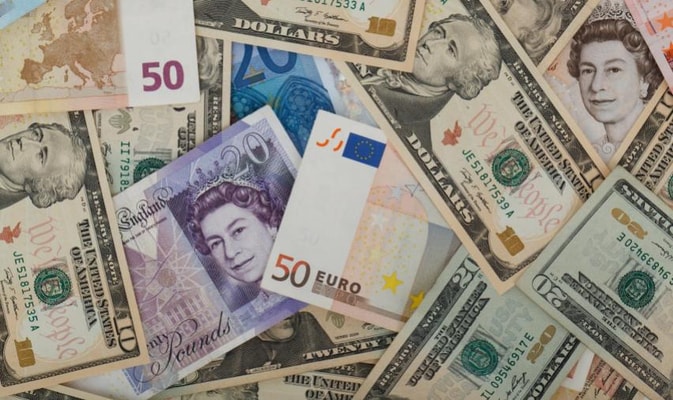The USD is dear, the GBP is headed for more weakness and the CHF is the most compelling safe haven

19 AUG, 2022
By Thomas Hempell from Generali Investments

The USD is keeping the momentum on its side. It temporarily reached parity with the EUR for the first time in almost 20 years. This is about USD strength in the first place and EUR weakness only in the second. Year-to date, the trade-weighted USD has gained broadly almost 7% while the effective EUR lost only 2.5% (left chart).

Stretched USD with even more upside short term
Monetary policy divergence is set to keep the USD underpinned. True, the USD is dear and looks stretched vs. relative yield moves (top right chart). Meanwhile, most other major central banks are catching up in raising rates (with the notable exception of the BoJ). Speculative net long USD positions are high (mid right chart), even if not excessively.
Yet as argued earlier, geopolitical tensions and rates uncertainties are unlikely to ease soon, keeping the USD bid as a safe haven (mid left chart). Europe is deeply struggling with the energy crisis engineered by Russia. Meanwhile the collapse of the Italian reformist government under Draghi is sending risk premia up again (bottom chart). Despite already stretched valuation, EUR/USD has leeway to temporarily break through below parity.

Our medium term outlook remains for a EUR/USD rebound. Yet, the prospects for this look even more remote today than a month ago amid the deteriorated outlook for Europe. We therefore trim our 12-month forecast to 1.10 (from 1.13 before).
The CHF is set to benefit further short-term, with the SNB prepared to tolerate a lower EUR/CHF for taming inflation. The UK is probably facing the most adverse stagflation dilemma among advanced economies. Coupled with political uncertainties (Johnson succession, NI protocol showdown with EU) and shaky risk sentiment, this leaves more downside for GBP vs. USD, but less so against a similarly troubled EUR.


